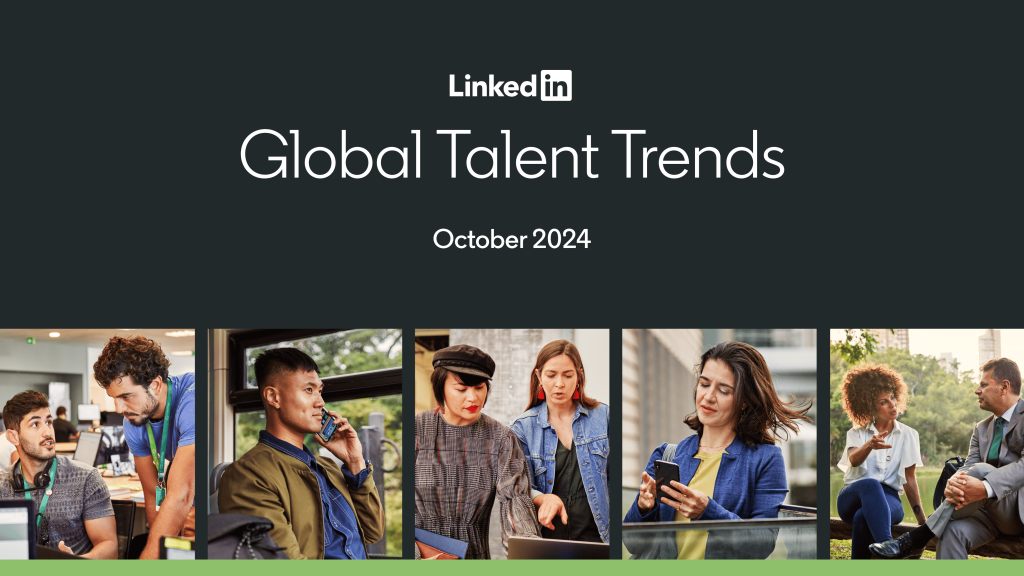As the report notes, managing talent these days can leave leaders feeling pulled in multiple directions at the same time. “Remote work and return to office,” the report says. “Hiring surges and headcount reductions. Developing AI-specific skills and prioritizing innately human skills.”
To make sense of it all, let’s look at four of the key data insights from the new report:
1. Hiring is down, but internal mobility is on the rise
Though hiring across the globe was sluggish at best, internal mobility has increased 6% year over year.
This is big: Not the number so much as the focus. For decades, companies have looked to external talent to fill most of their openings. But internal mobility, when done well, reduces recruiting costs and time to fill, increases retention and employee engagement, and retains critical institutional knowledge.
Internal mobility can also provide flexibility and agility when companies need to shift direction quickly — and what company isn’t faced with fast-moving change these days?
That 6% increase likely indicates that companies, faced with talent shortages and mounting skills gaps, are deciding that upskilling and reskilling their current workforce will allow them to shift gears more quickly.
2. Most organizations have not fully embraced GAI, creating an opportunity for those that move quickly
LinkedIn’s Executive Confidence Index survey found that only 1 in 10 global executives said their organization has broad leadership alignment, comprehensive tools, and strong processes in place for GAI adoption. Some 2.5 out of 10 global executives said their companies haven’t even started on the process.










